The YS6002-M benchtop transmittance color haze meter is a domestic color haze meter independently developed by 3nh with independent intellectual property rights. The instrument meets the transmission D/0 (diffuse illumination, 0° direction reception) geometry specified by CIE 15 Optical structure (it can also achieve approximate transmission 0/0 (parallel light illumination/0 degree reception) geometrical optical structure). The instrument's lighting source is a 360-780nm composite full-spectrum LED light source (D65), and the 10nm interval spectral collection is achieved through a precision concave grating and a 256-pixel CMOS detector. Accurate testing of various optical indicators (haze, transmittance, chromaticity, color difference, yellowness, whiteness, cobalt platinum index, Gardner index, etc.) is achieved in accordance with industry standards. It is widely used in the national standard pharmacopoeia color measurement, glass processing, plastic processing, film, display processing, packaging industry, liquid chemical analysis and other industries for haze analysis and transmittance testing. It supports trace transmission measurement.
Features of YS6002-M Benchtop Color Haze Meter
a. High hardware configuration: 7-inch TFT pure color capacitive touch
screen; 20000 storage space; concave grating;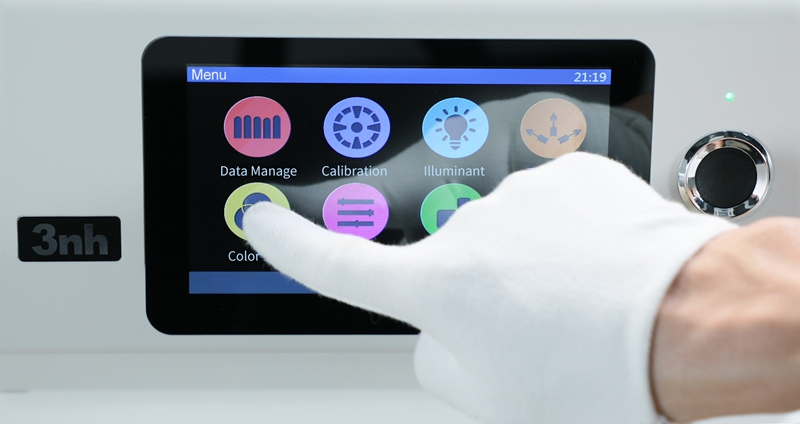
b. Higher optical configuration and optical resolution, 154mm integrating
sphere, concave grating, 256 pixel CMOS detector, dual optical path;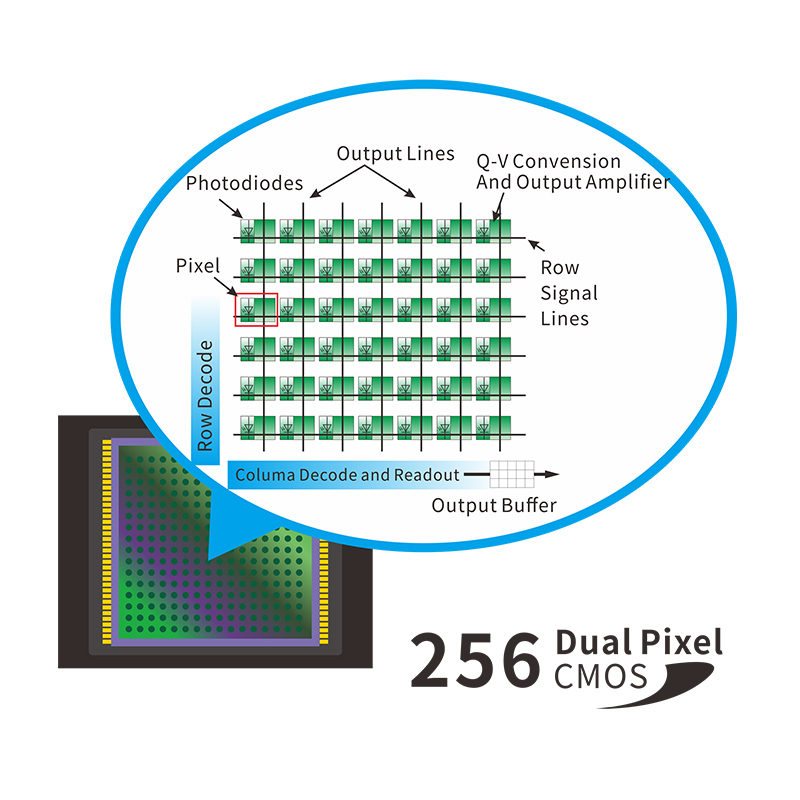
c. Use a 360-780 full-spectrum combined LED light source with high life
and low power consumption (close to the D65 light source spectrum);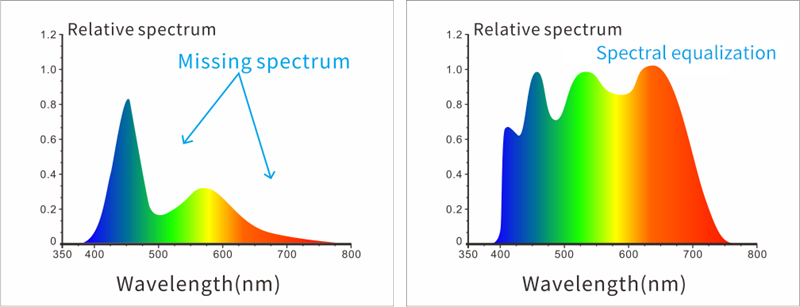
d. Easily realize the accurate test of C/A/D65 light source haze (ASTM
D1003/1044), transmittance, cobalt platinum index, Gardner index;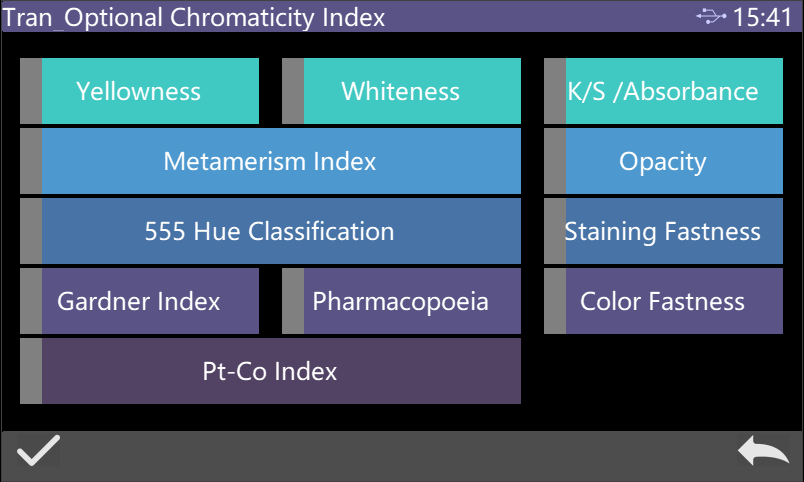
e. Multiple measurement modes: quality control mode, sample mode, to meet
the needs of more customers;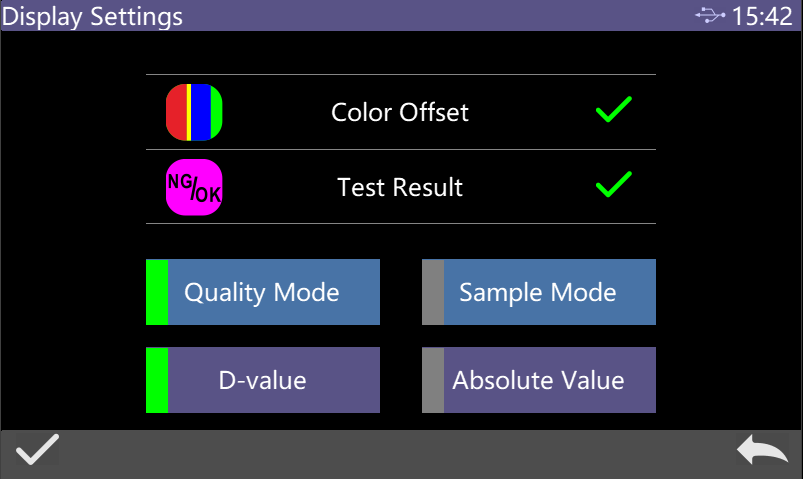
f. Independent light source detector and temperature sensor, always monitor
light source and environmental changes to ensure reliable test data;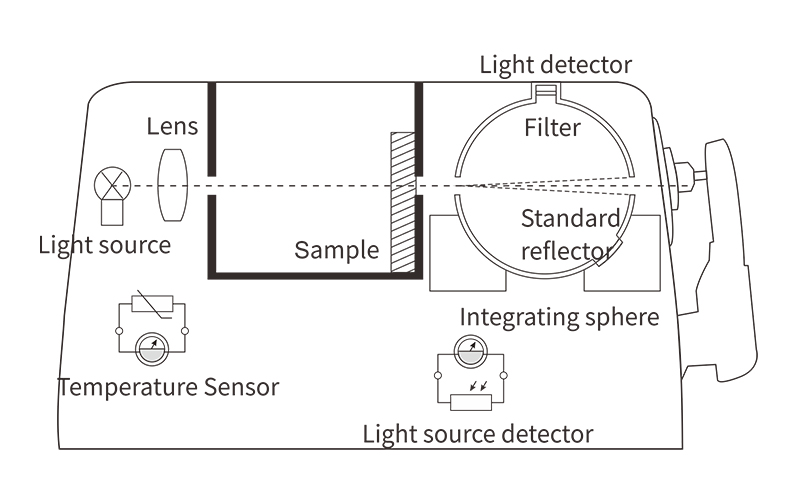
g. Two standard observer angles of 2/10, multiple light source modes,
multiple color systems, meeting multiple standard chromaticity indicators,
and meeting various customer requirements for chromaticity testing;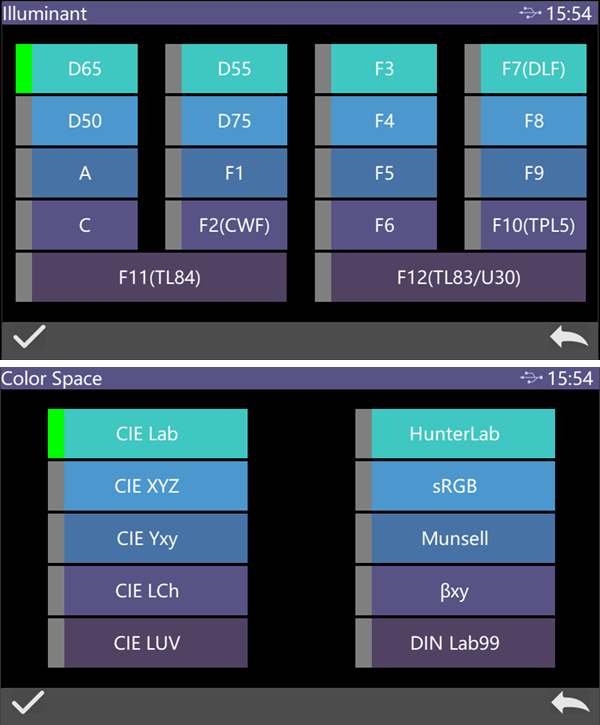
h. Good man-machine interaction and test accuracy and stability;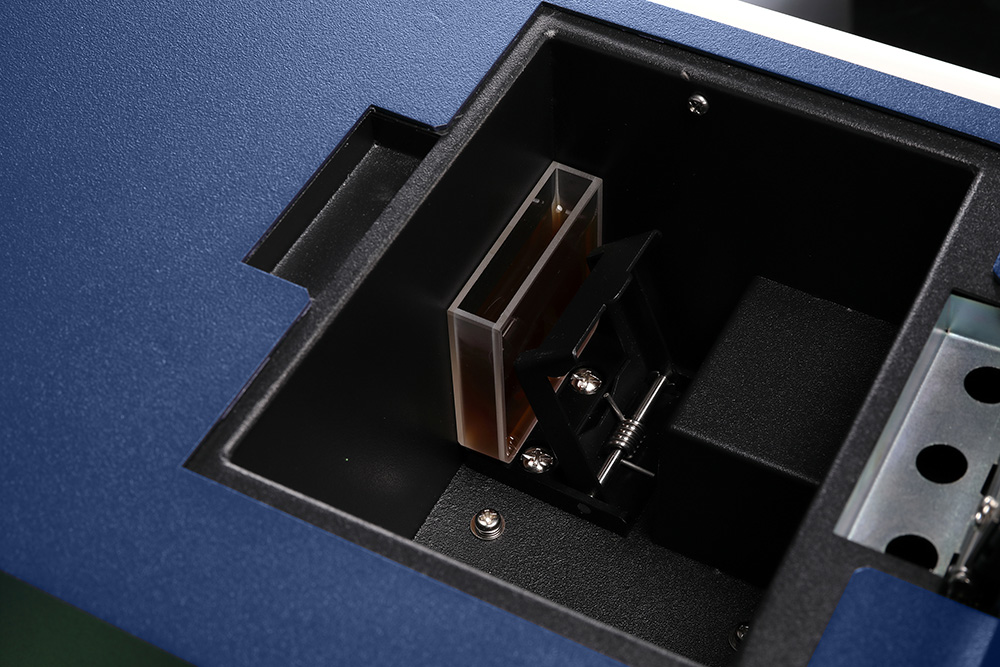
i. PC software has powerful function extensions;
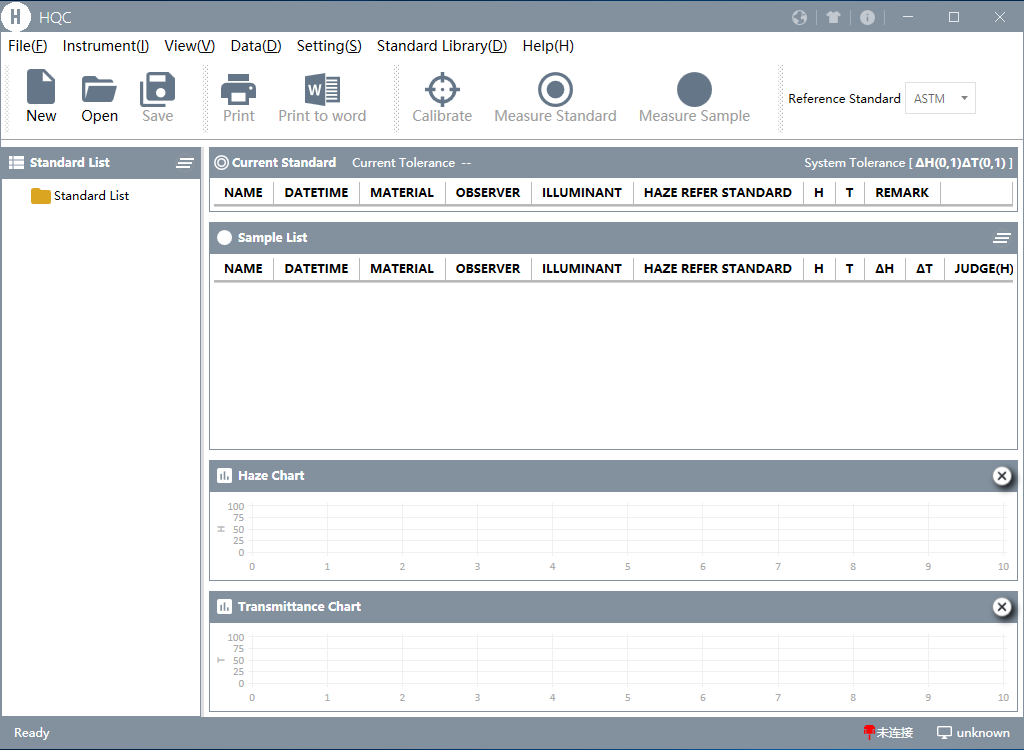
Technical Parameters of YS6002-M Benchtop Transmittance Color Haze Meter
| Model | YS6002-M |
| Optical Geometry |
Transmittance:d/0 (diffuse illumination, 0°direction reception); similar to CIE15 standard 0/0(diffuse illumination, 0°direction reception); Confirms to the standard of ASTM D1003/1044, CIE No.15, GB/T 3978, GB2893, GB/T 18833, ASTM E308, DIN5033 Teil7 |
| Application | National standard pharmacopoeia color measurement, glass processing, plastic processing, film, display processing, packaging industry, liquid chemical analysis and other industries are widely used in haze analysis and transmittance testing, supporting trace transmission measurement |
| Intergrating Sphere Size | Φ154mm |
| Light Source | 360~780nm combined LED light source |
| Spectroscopic method | Concave-Grating |
| Detector | 256 Image Element Double Array CMOS Image Sensor |
| Wavelength Range | 360~780nm |
| Wavelength Pitch | 10nm |
| Half Bandwidth | 10nm |
| Reflectance Range | 0~200% |
| Measurement Aperture | Transmittance: Φ25.4mm/Φ4mm |
| Color Spaces | CIE LAB,XYZ,Yxy,LCh,CIE LUV,Musell,s-RGB,HunterLab,βxy,DIN Lab99 |
| Color Difference Formulas | ΔE*ab,ΔE*uv,ΔE*94,ΔE*cmc(2:1),ΔE*cmc(1:1),ΔE*00, DINΔE99,ΔE(Hunter) |
| Other Colorimetric Data |
Haze (ASTM D1003/1044), Transmittance T, WI (ASTM E313, CIE/ISO, AATCC, Hunter), YI (ASTM D1925, ASTM 313), TI (ASTM E313, CIE/ISO), Metamerism index Mt, Staning fastness, Color fastness, Absorbance, APHA/Hazen/Pt-Co (Platinum Cobalt Index), Gardner Index, Saybolt (Sybert Index), ASTM D1500 color scale, Chinese Pharmacopoeia color |
| Observer Angle | 2°/10° |
| Illuminant | D65,A,C,D50,D55,D75,F1,F2,F3,F4,F5,F6,F7,F8,F9,F10,F11,F12,CWF,DLF,TL83,TL84,TPL5,U30 |
| Display Data | Spectral graph/data, sample chromaticity value, color difference value/graph, chromaticity graph, color simulation, pass/fail result, color offset |
| Measurement Time | About 1.5s |
| Repeatability |
Spectral transmittance: test transmission reference white standard deviation
within 0.05% (400~700nm: within 0.04%): Chromaticity value: Φ25.4mm, ΔE*ab within 0.03 (After the instrument is warmed up and calibrated, the average value of 30 times of transmission reference white is measured at an interval of 5s) |
| Inter-instrument Agreement | Φ25.4mm, within ΔE*ab 0.2 (the average value measured by the original 5 standard transmission color plates) |
| Size | 370X300X200mm(L*W*H) |
| Weight | About 9.6kg |
| Power | DC 24V,3A Power Adapter |
| Illuminant Life Span | 5 years, more than 3,000,000 times measurement |
| Screen | 7-inch TFT Capacity Touch Screen Display |
| Interface | USB,Printing Port |
| Storage | Standard:5000; Sample:20000 |
| Language | Simplified Chinese, Traditional Chinese, English |
| Working Temperature | 0~40℃(32~104°F) |
| Storage Temperature | -20~50℃(-4~122°F) |
| Standard Accessory | Power adapter, manual, quality management software (download from official website), data cable, reflective whiteboard, reflective blackboard, transmission blackboard, 25.4mm aperture, transmission test fixture assembly, micro-hole (4mm) transmission test fixture assembly |
| Optional Accessory | Miniature- printer |
| Note | The specifications are subject to change without notice. |
1. When I received NH310/NH300 colorimeter and perform measurement, why the measured data is abnormal?
After receiving NH310/NH300, you have to perform white and black calibration manually when first starting.
2. In which condition, manual white and black calibration and auto calibration are required for NH310?
a. It’s needed to perform manual calibration for NH310 when first starting.
b. In the subsequent starting, NH310 will perform auto calibration at startup. No need to perform manual calibration.
c. Suggestion: it’s best to perform manual calibration once a week or when NH310 measured data is not accurate.
3. In which condition, manual white and black calibration for NH300 is required?
a. It’s needed to perform manual calibration for NH300 when first starting.
b. In the subsequent starting, no need to perform manual calibration.
c. Suggestion: it’s best to perform manual calibration once a week or when NH300 measured data is not accurate.
4. How to replace NH310 measuring aperture?
There are three measuring apertures for NH310: Φ8mm (standard accessory), Φ4mm (standard accessory), extended Φ8mm (optional accessory)
a. Turning on
b. Removing measuring aperture, install the needed measuring aperture.
c. Select “Settings-Aperture Setting” in main menu to select corresponding measuring aperture.
d. After selecting aperture, the instrument will display “White and Black Calibration” interface. White and black calibration must be performed.
e. Replace completed.
5. CQCS3 (Color Quality Control System) Installation
a. Before installation, please Copy CQCS3 folder to your computer and don’t remove any files in CQCS3 folder.
b. Double-click the setup.exe to install CQCS3 software.
c. Then double-click Install.bat under the CQCS3\USB_Driver file to install the driver.
d. Detailed installation information please read the "Installing Software" under CQCS3 User manual.doc.
6. How to check communication port?
a. Connect colorimeter to the PC with USB cable.
b. Turn on the colorimeter to enter main menu. Select “Comm” and press “Enter” key to start communication.
c. Right click on “My Computer” on the desktop. Click “Manage” -> “Device Manager” -> “Ports”, you can see similar display as “SCI USB2Serial (COM6)”.
d. Click “Settings->Communication Parameters” in CQCS3 software interface. Select the corresponding port in “Serial Port”.
7. After completing CQCS3 installation, how to solve the problem if it display “! USB Device” or “! SCI USB2Serial (COM6)” when checking the communication port?
a. Right click “! USB Device” or “! SCI USB2Serial (COM6)”, “Update Driver” -> “Install from a list or specific location (Advanced)” -> “Next” ->“Include this location in the search” -> “Browse”, specify USB driver file path “CQCS3\USB_Driver”, click “Next”. Then it will install successfully.
b.Detailed installation information please refers to “2.2 Installing USB Driver” in Color Quality Management System User Manual.doc.
8. Notes for First Using CQCS3 Software
a. Users must specify Standard File Name, Sample File Name and Sample Database File Name when first use.
b.Standard File is use to store standard measurement data. Sample File is used to store sample measurement data. Sample Database File is used to store the measured data exported from sample records.
9. How to solve the problem when “Connection Timeout” occurred?
a. When the colorimeter is disconnected to the PC, “Connection Timeout” will occur. At the moment, you have to check whether the USB cable is well connected the colorimeter and the PC. Then you can re-plug the USB to try out.
b. After ensuring the colorimeter is connected to the PC with USB cable, turn on the colorimeter and enter the main menu. Select “Comm” and press “Enter” key to start communication.
c. Turn off CQCS3 software, and reopen it.
10. How to solve the problem when the interface display "USB Disconnect"
a. Check whether the USB cable is connected. If not, please connect it. Check whether the connection is effective. You can re-plug the USB cable to test.
b. If the USB cable is connected well but the interface still displays "USB Disconnect", please re-start the colorimeter and enter "Menu" -"Comm"to start the communication.
c. Change the USB cable or change the USB port in you PC.
11. How to solve the problem when the colorimeter cannot be turned on in the condition of battery-powered?
a. If this phenomenon occurred, it means the battery power is not enough. You need to charge the battery.
b. When charge the battery, please insert the battery to the instrument, and plug in the adapter to charge the battery. After 5 minutes, the instrument can be turned on.
c. If the instrument still cannot be turned on after charging 5 minutes, you can pull out the adapter and re-plug in to check it. Or repeat this operation.
d. If the instrument still cannot be turned on after charging 5 minutes, you can turn off the colorimeter and turn on it again to check it. Or repeat this operation.
e. If you have tried all the methods above but the colorimeter still cannot be turned on, please change the battery.